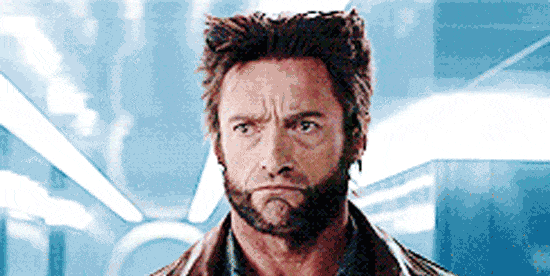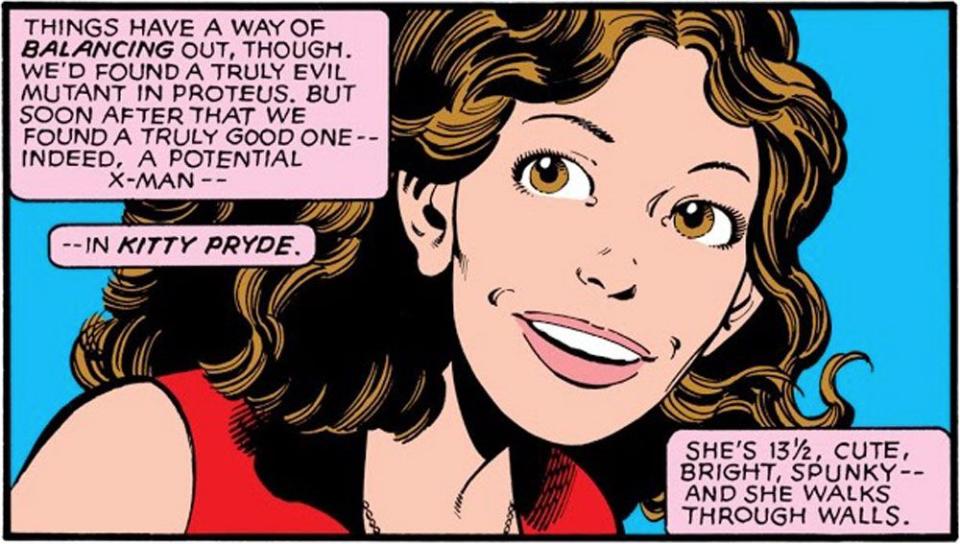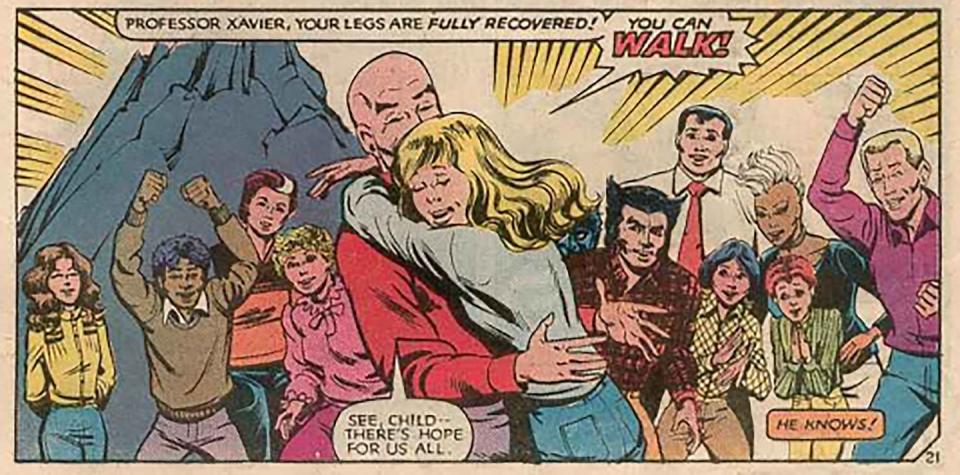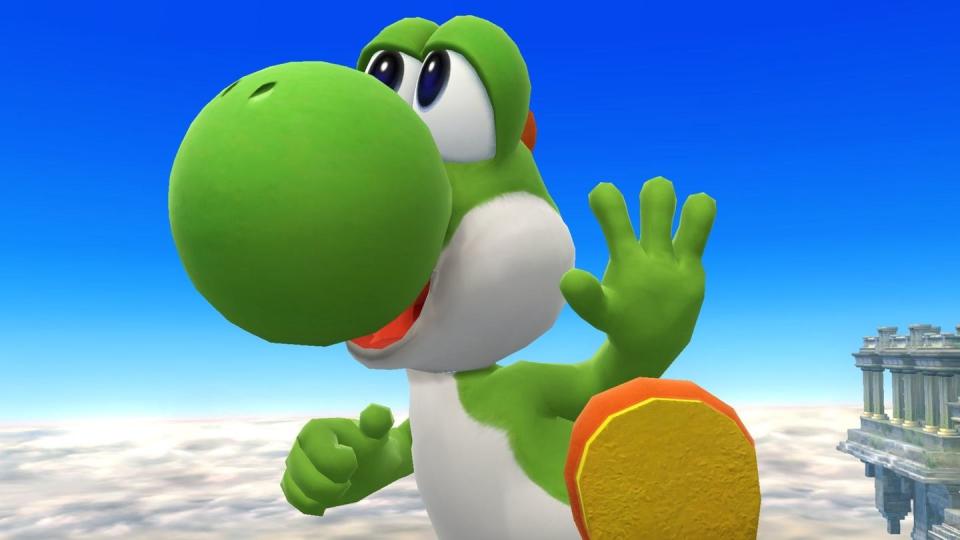There was another lost X-Men movie in the '80s that you'll never get to see

While our current trend of superhero movies can be largely traced back to Bryan Singer’s X-Men in 2000, it’s important to remember that comic-book capers go back long before Jackman, Paquin, Marsden, Berry, and Janssen were climbing the Statue of Liberty.
Fans may have heard about the frankly bizarre X-Men movie that nearly happened with Cher, but this wasn’t the only mutant bullet that audiences dodged. Just when fans think the likes of X-Men Origins: Wolverine and X-Men: Dark Phoenix are the worst use of Marvel’s source material, you ain’t seen nothing yet.
Related: The X-Men movie starring Cher that you never knew you needed
As entry movies go, X-Men did a pretty great job of introducing Charles Xavier’s gifted youngsters. Yet it could all have been so different. Heading back to the '80s, and following the dizzying heights of Richard Donner’s Superman, Stan Lee determined that Marvel should take a piece of the cinematic pie.
Take one
According to Polygon, a Canadian animation studio known as Nelvana claimed the rights to the X-Men – they were the biggest-selling title at the time – and opted for a live-action movie. X-Men legend Chris Claremont was brought on board to pen the script.
Known for co-writing the likes of the Dark Phoenix saga and helping create characters like Rogue, Kitty Pryde, Mystique and Gambit, Claremont was undoubtedly going to be a popular choice.

In 1982, Claremont drafted treatments for two movie ideas. Both iterations included a fan-favourite roster of Cyclops, Jean, Storm, Wolverine and Charles Xavier. Kitty Pryde was also at the centre of his stories as they followed her integration into the main X-Men family. It’s a familiar tale that sounds like it eventually evolved into Anna Paquin’s turn as Rogue in X-Men.
When Claremont stepped away to focus on writing X-Men comics, he handed the reins over to fellow comicbook writers Roy Thomas and Gerry Conway. By this point, Nelvana had joined forces with distributor Orion Pictures, who had done well from the likes of The Terminator.
Take two
Thomas and Conway’s 1984 treatment took the essence of Claremont’s vision and again put a young Kitty Pryde in the spotlight. Their first draft had the villainous Proteus sucking the life out of his victims (under the sinister alter ego of Dr Anton Lykos) and teaming up with the Brotherhood.
Unlike the famous villain team from the comics, these were just generic grunts called the Brotherhood instead of the Brotherhood of Mutants. Elsewhere, Wolverine gained his adamantium skeleton from a car crash. Safe to say, the studio wasn’t impressed and continued to ask the pair for rewrites. This is where things get a little weird.
Take three

The final iteration involved Xavier and Cyclops recruiting mutants to their cause. Proteus was still the villain, but had evolved into a malevolent CEO/vampire who sucked energy under the cover of darkness. Proteus and a band of corrupt world leaders' endgame was to raise a continent from the depths of the Pacific Ocean.
If that sounded like a campy Bond movie rather than an X-Men outing, how about the fact the word “mutants” wasn’t mentioned once? As well as a walking Xavier *cough First Class *cough* desecrating the source material, Wolverine made a single reference to “muties” in the script.
Speaking about the negative connotation, Conway grumbled: “A mutant was a monster if you were completely ignorant to comic-book mythology, which one had to presume that a studio would be in the early 1980s.”
Cyclops, Storm, Wolverine and Kitty were also joined by Nightcrawler and Colossus, but despite her popularity in the Dark Phoenix saga, Jean was mysteriously MIA. Swapping out the fiery red-head, Thomas and Conway went with a new character called Yoshi.

' expand='' crop='original'][/image]
Instead of a cute green dinosaur, Yoshi was a Japanese pop star who was created to appeal to potential Japanese investors and sounds like she’d be about as popular as Dazzler used to be. Also new to the mix was Kitty’s friend Bernie. With no powers and no real purpose, Bernie was simply there because he’d followed Pryde to her training.
Thankfully, Japanese pop stars replacing one of the team’s most iconic members and a ridiculous showdown on Easter Island never came to be. In 1985, Orion had its worst financial year on record. The company limped on until it closed in 1991, while the X-Men rights eventually moved to Fox.
Speaking about an alternate X-Men timeline (something the franchise loves), Claremont agrees it was all for the best. Explaining the importance of Singer’s X-Men, Claremont mused: “It’s a matter of being in the right place at the right time with the right project and ultimately the right creative and commercial talent on the other side to bring that project to life. Those stars back in the early ’80s weren’t in alignment.”
Who knows, maybe the inevitable Marvel Cinematic Universe reboot of the X-Men could officially bring Yoshi into the fold? Well, it can’t be as bad as sewing Ryan Reynolds’ mouth shut in X-Men Origins, right?
Want up-to-the-minute entertainment news and features? Just hit 'Like' on our Digital Spy Facebook page and 'Follow' on our @digitalspy Instagram and Twitter account.
('You Might Also Like',)
